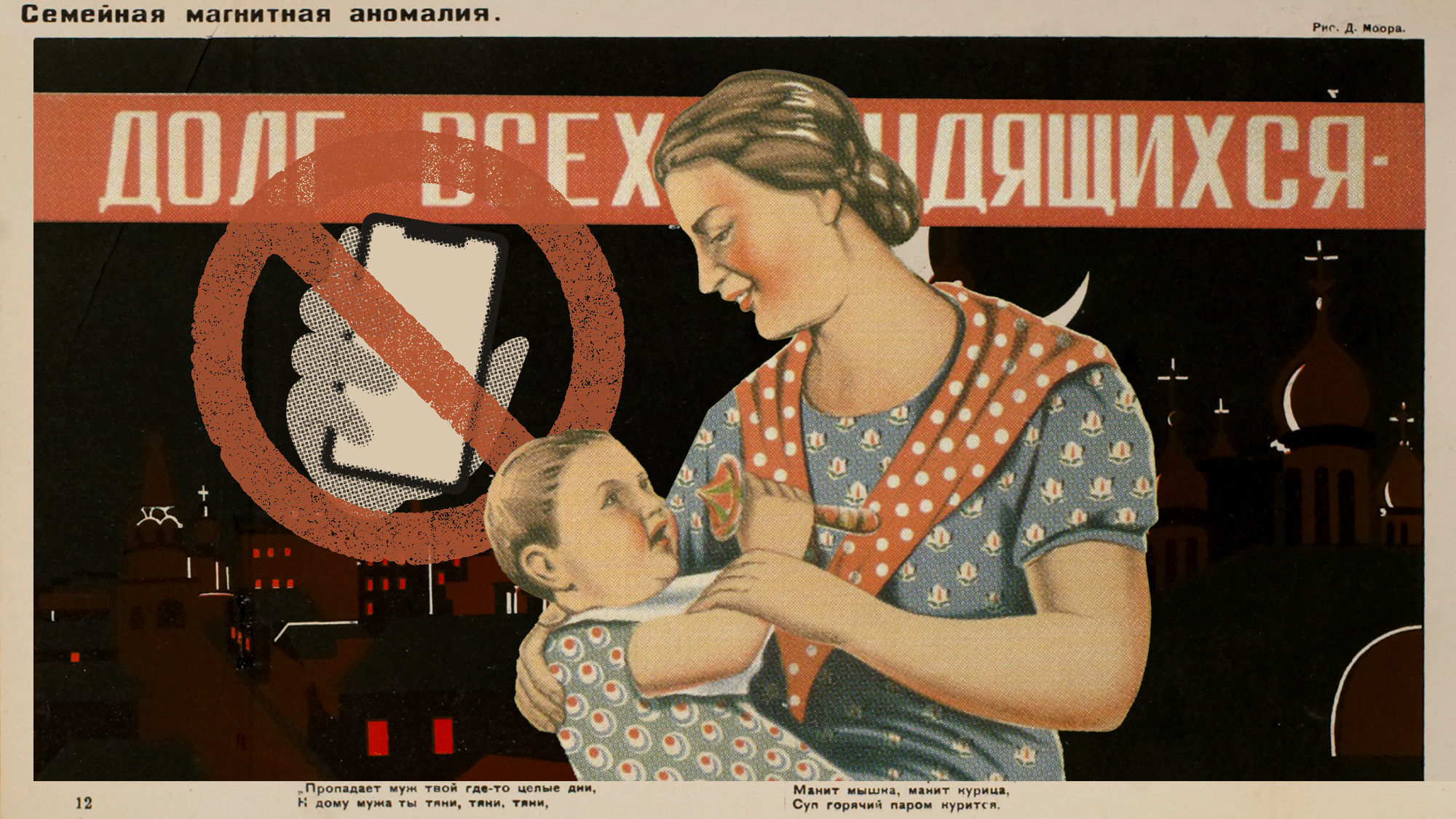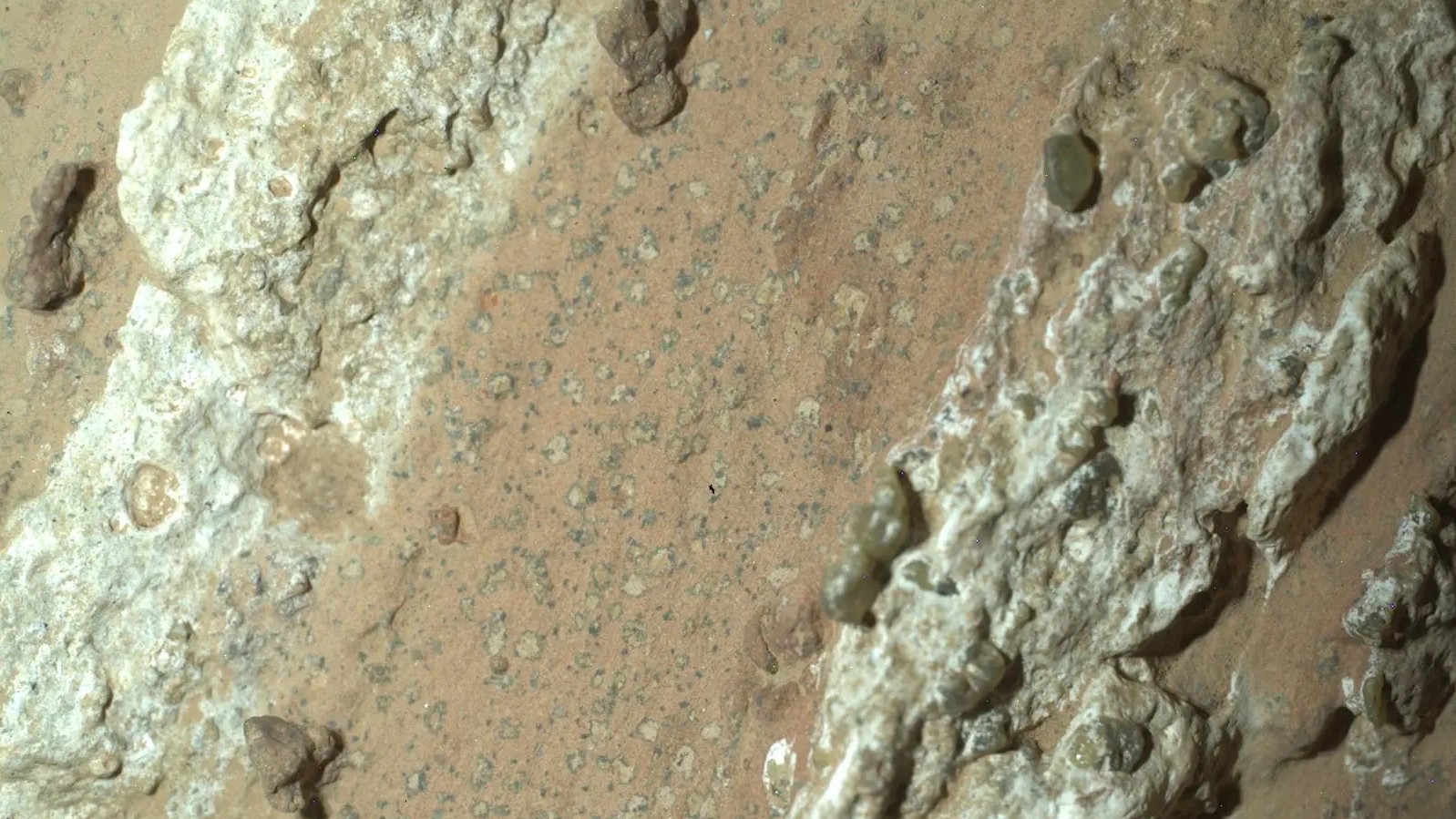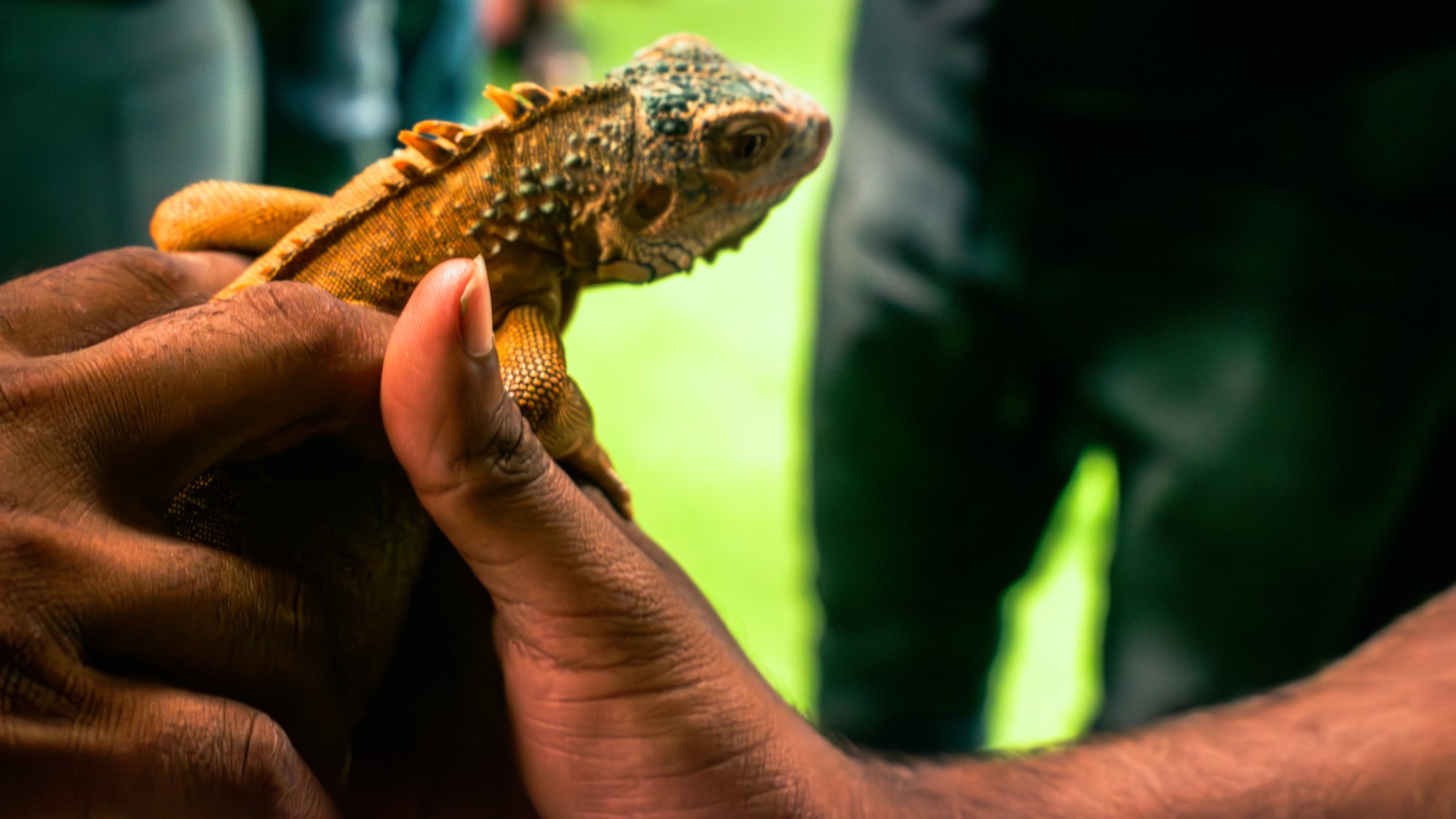Detailed map of fly's brain holds clues to human mind
This remarkable fruit fly brain analysis will aid in future human brain research


What happened
A consortium of scientists published the first complete map of a fruit fly's brain Wednesday in the journal Nature. Identifying and charting the 130,000 neurons and 50 million connections inside the poppy seed–sized brain of the fly, Drosophila melanogaster, took 10 years and involved hundreds of researchers worldwide.
Who said what
Scientists had mapped the 300-neuron brain of a tiny worm, but this is "the first time we've had a complete map of any complex brain," said Mala Murthy, a Princeton neurobiologist who helped lead the FlyWire project, to The New York Times. The "stunning detail" of the "tremendous complexity" packed into the fruit fly's tiny brain could "reveal principles that apply to other species, including humans, whose brains have 86 billion neurons," the Times said.
The "beautiful" and complex "tangle of wiring" mapped out in computer simulations may hold the "key to explaining how such a tiny organ can carry out so many powerful computational tasks," like sight, hearing and movement, the BBC said.
What next?
This "amazing technical feat" paves the way for mapping the neural pathways of "larger brains such as the mouse and, maybe in several decades, our own," brain researcher Lucia Prieto Godino of London's Francis Crick Institute said to the BBC. A mouse brain "contains about 1,000 times as many neurons as a fly," while the human brains has a million times more, the Times said, and scientists recognize that "bigger brains may not follow" the same "fundamental rules" for sending signals quickly across a fly's brain.
The Week
Escape your echo chamber. Get the facts behind the news, plus analysis from multiple perspectives.

Sign up for The Week's Free Newsletters
From our morning news briefing to a weekly Good News Newsletter, get the best of The Week delivered directly to your inbox.
From our morning news briefing to a weekly Good News Newsletter, get the best of The Week delivered directly to your inbox.
A free daily email with the biggest news stories of the day – and the best features from TheWeek.com
Peter has worked as a news and culture writer and editor at The Week since the site's launch in 2008. He covers politics, world affairs, religion and cultural currents. His journalism career began as a copy editor at a financial newswire and has included editorial positions at The New York Times Magazine, Facts on File, and Oregon State University.
-
 Russia’s ‘weird’ campaign to boost its birth rate
Russia’s ‘weird’ campaign to boost its birth rateUnder the Radar Demographic crisis spurs lawmakers to take increasingly desperate measures
-
 Could smaller cars bring down vehicle prices?
Could smaller cars bring down vehicle prices?Today’s Big Question Trump seems to think so, but experts aren’t so sure
-
 2025’s most notable new albums
2025’s most notable new albumsThe Week Recommends These were some of the finest releases of the past year
-
 5 recent breakthroughs in biology
5 recent breakthroughs in biologyIn depth From ancient bacteria, to modern cures, to future research
-
 Blue Origin launches Mars probes in NASA debut
Blue Origin launches Mars probes in NASA debutSpeed Read The New Glenn rocket is carrying small twin spacecraft toward Mars as part of NASA’s Escapade mission
-
 ‘The Big Crunch’: why science is divided over the future of the universe
‘The Big Crunch’: why science is divided over the future of the universeThe Explainer New study upends the prevailing theory about dark matter and says it is weakening
-
 Dinosaurs were thriving before asteroid, study finds
Dinosaurs were thriving before asteroid, study findsSpeed Read The dinosaurs would not have gone extinct if not for the asteroid
-
 The moon is rusting
The moon is rustingUnder the radar The Earth is likely to blame
-
 Africa could become the next frontier for space programs
Africa could become the next frontier for space programsThe Explainer China and the US are both working on space applications for Africa
-
 NASA reveals ‘clearest sign of life’ on Mars yet
NASA reveals ‘clearest sign of life’ on Mars yetSpeed Read The evidence came in the form of a rock sample collected on the planet
-
 Parthenogenesis: the miracle of 'virgin births' in the animal kingdom
Parthenogenesis: the miracle of 'virgin births' in the animal kingdomThe Explainer Asexual reproduction, in which females reproduce without males by cloning themselves, has been documented in multiple species
